from Livescience.com https://ift.tt/3xwvJ0R
via IFTTT
world and global knowledge that you should know
One doesn’t have to be an expert just to know whether a wood is expensive or not. There are several factors that can affect the value of wood, but the topmost reason is usually how rare it is to find. Fortunate for Africa and India for being the place where the most costly woods can be found.
Aside from the test of exceptionality, durability, usage, and resistance of wood that contributes to its price, the harder it is to work with the wood, the higher price it gets.
Below are the 10 most expensive wood in the world
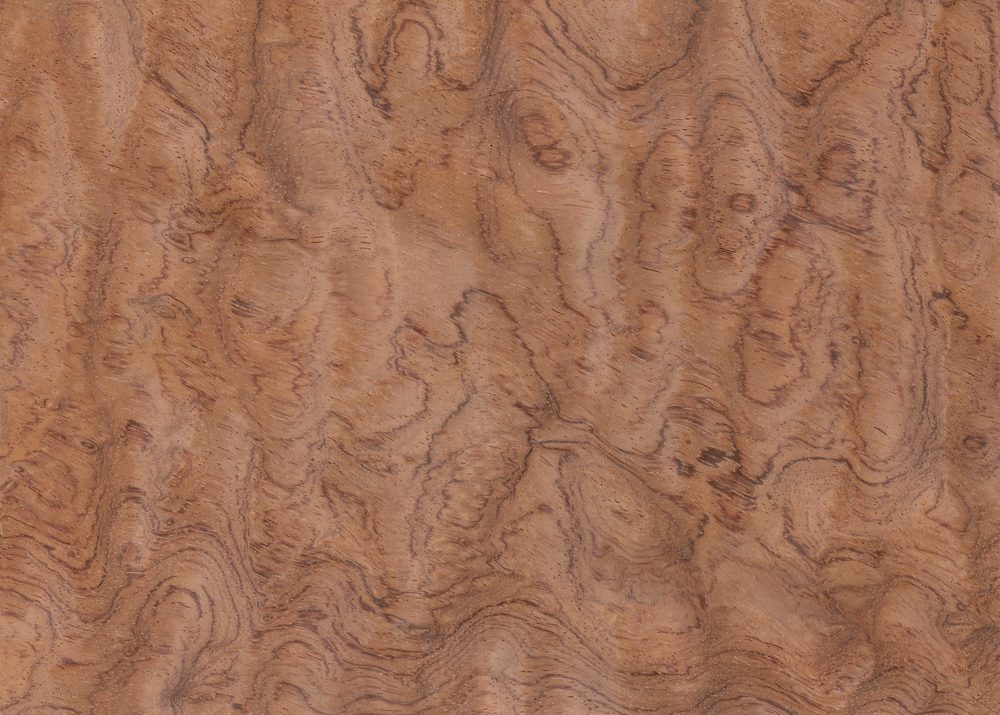
Bubinga has several characteristics that are the same as Honduras Rosewood. That’s why it can also be found with the name African Rosewood. This wood is usually found in countries of Western Africa such as Congo, Angola and Gabon. It can be used in making furniture, joinery, decorative paneling and flooring which makes it versatile. It can also turn into different shades of red by putting Tung on it. A board-foot of Bubinga costs around $19 but is less costly than other woods on this list.

Renowed for its beautiful dark color, this wood is undeniably resistant and can last forever. It can also be found on some materials such as knives, comb musical instruments and cups. Ebony is one of the rarest types of wood and is nestled in Africa with a price from $10,000 for every kilogram.

Violet Wood can only be found in Central America, making it exceptional thus adding to its value. It is originally brown in color, but it gradually turns into violet or purple once it is cut down because of light.
It takes a lot of effort for one to be able to work with it or even just to flatten it. That’s why the right tools are necessary for turning Violet Wood into a work of art. With a price range of $10 to $40, it is really expensive. However, this wood is durable and also water-resistant, which makes its price worth it.

Cocobolo is known for its irregular lines and reddish-brown or orange color. Its heartwood is what people usually use because of its characteristics that could change its color after being cut down. This wood is water-resistant making it the best choice to make furniture, musical instruments and such. This wood is also known for its floral smell aside from its exceptional appearance. A piece of Cocobolo costs around $600. This wood is also hard to find and only grows in Central America and Mexico.
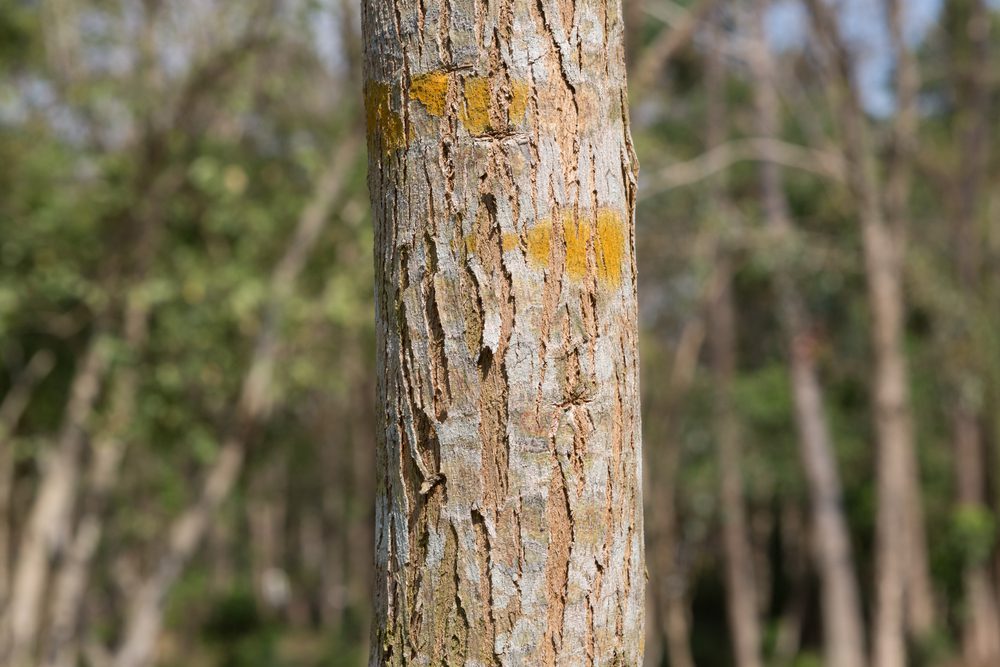
The most expensive type of this wood can be found in India’s dense forest, making it difficult to get it. It requires excellent skills to be able to work with it. However, looking for the person who can do it is like finding a needle in the haystack. Due to these reasons, a foot of Dalbergia costs at least $16. This wood is outstanding when it comes to furniture. If you want a cheaper version of it, you can get one in Brazil.

The price of this wood is from $35,000 to $85,000 for every ton. It is considered as one of the most expensive woods in the world. Indian Sandalwood can be found in the Philippines, China, India, Australia and Indonesia and it comes with different hues, namely dark grey, brown and red. This wood is mostly used in furniture and carving. The good thing about this wood is because it’s rare and promises durability. Sadly, this type of wood is rarer nowadays because of uncontrolled and illegal harvesting. The good news is some countries are doing their part to protect this tree. India, for example, prevents the export of this wood in order to preserve it.
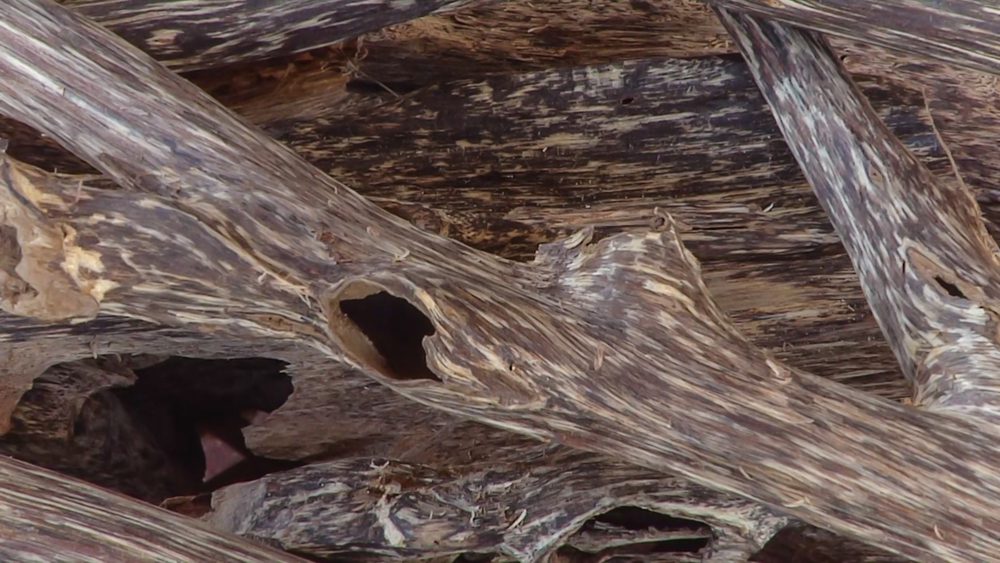
Amounting $100 for every kilo, Agarwood is considered as one of the most extravagant natural materials on earth, as attested by World Atlas. The tree can be found in Myanmar, Laos, Thailand, Himalayas and North India. The unique thing about this wood is that it becomes most costly when it gets infected by a certain kind of mold. Because of this, a change of color takes place and the emergence of the unique odor of the wood. Saudi Arabia and Indonesia are the leading countries in the market when it comes to the imports of the said wood. Additionally, the extracted oil from Agarwood is also used for medicine and some religious ritual in various countries.

Lignum Vitae grows in South and Central America. Unlike other woods, which are sold by pieces, this wood is sold by its weight. This is one of the heaviest woods in this world and a pound of it is priced at about $5. This may look like it’s cheap, but you would probably need several pounds of Lignum Vitae to make your craft, thus making it expensive.

Long ago, only a Zulu King can use Pink Ivory. People who dare to use it were penalized with death penalty. Today, several specialists claim that this wood rare compared to diamonds. This can be found in South Africa, Mozambique and Zimbabwe. The punishment for using this wood is already lifted, but you can purchase it with a price starting $10,000 per kilogram, attested to the fact that having it is a luxury. Coming from its name, Pink Ivory has different shades of pink. This wood is mainly used in carving, knife handle, billiard cues, etc.

Its price is ranging from $9,000 to at least $13,000 every ton when possessed. Nestled in Senegal, South Africa and Eritrea, this type of wood is also known as one of the most expensive and rarest wood here on earth. African Black Wood is excellent to be used in some instruments such as guitar and clarinet. However, due to illegal exploitation and global warming, this wood is now included on the IUCN Red List of Threatened and might disappear completely.
The post 10 Most Expensive Wood in the World appeared first on 10 Most Today.
Whether you like it or not, this article containing a morbid account of ascending the most dangerous mountains also has several interesting nuggets. Check it out to know the full scoop about these 10 most dangerous mountains.
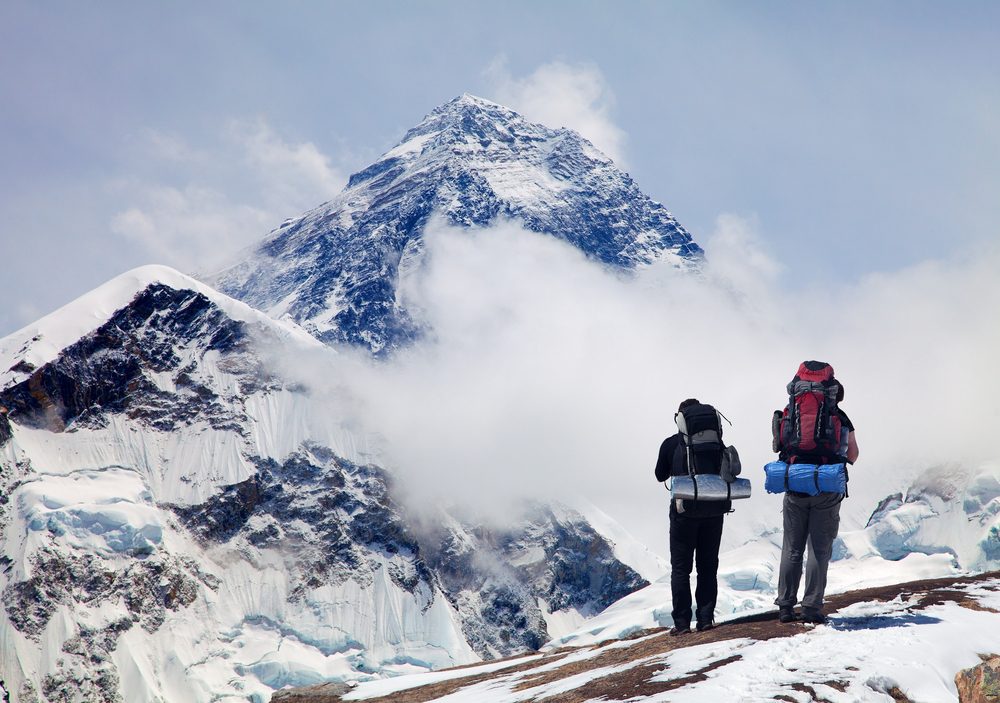
With regards to Mt. Everest’s marquee status, it is easy to believe that this mountain is the deadliest of all. However, it has claimed an inconsiderable percentage of hikers taking into account the attempts done yearly.
There are 1.4 fatalities since the year 2000 in each of 100 summits. It has recorded summits of over 7,500 in history.
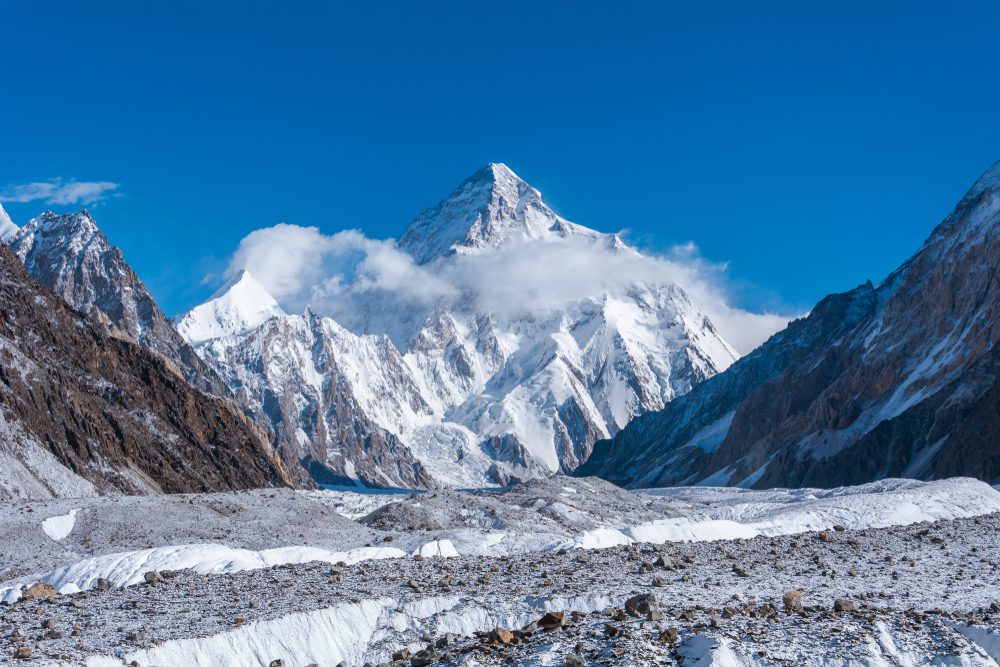
The second to the highest mountain on the planet is K2, whose peak holds a horrible reputation, especially with the female climbers. Wanda Rutkiewicz, a Polish legendary climber was the first female to ascend the summit in June of 1986.
In the following 18 years, five female hikers who climbed this summit were killed. The three females died as the descended the K2, and the other two died in close-by mountains.
In 1992, Rutkiewicz perished nearby kang Kanchenjunga. The curse was finally overcome in 2004 by the 31 years old Edurne Pasaban, a Spanish mountaineer who is still alive until this day.
In 2017, Vanessa O’Brien became the first American female to reach the summit of K2.
The long journey and the remoteness of the K2 mountain make the expedition extremely lengthy and resource-intensive. It is noted for avalanches and bad weather which took the lives of 10 percent who attempted it.
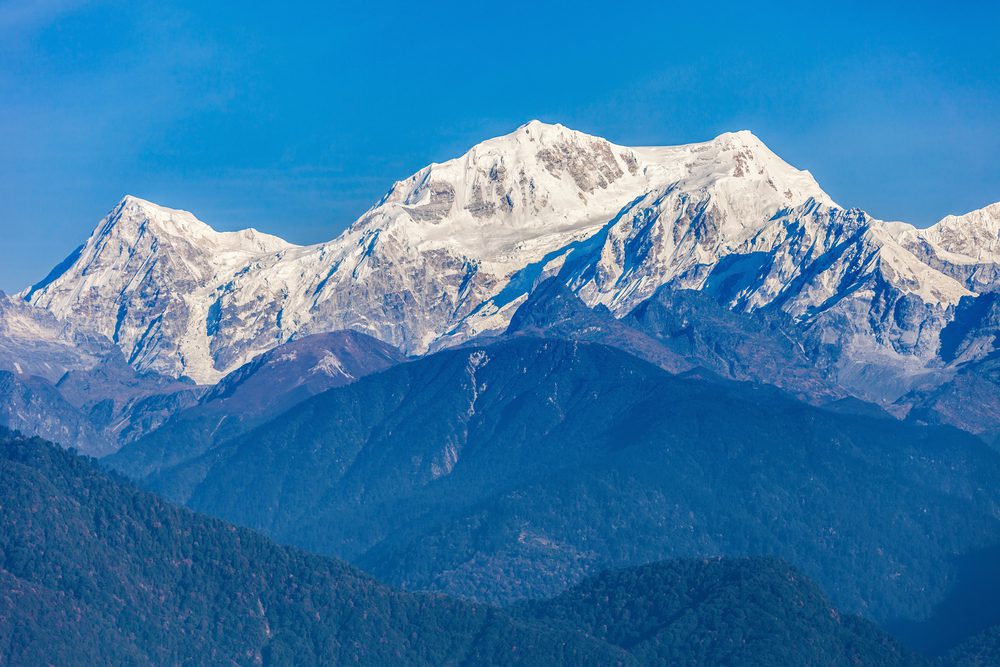
In 1999, this mountain was featured in one of the James Bond novels wherein he is hiking in the dramatic ridges of Kangchenjunga. Perhaps he had stayed for a while to admire the magnificent view, but the usual he knows that it’s more than what meets the eye. The bitter cold and avalanches contributed to this becoming among the world’s deadliest mountain.
This is the third-highest mountain on the planet with over 200 summits. Its fatality rate reaches up to 20 percent as per the 2010 figures.
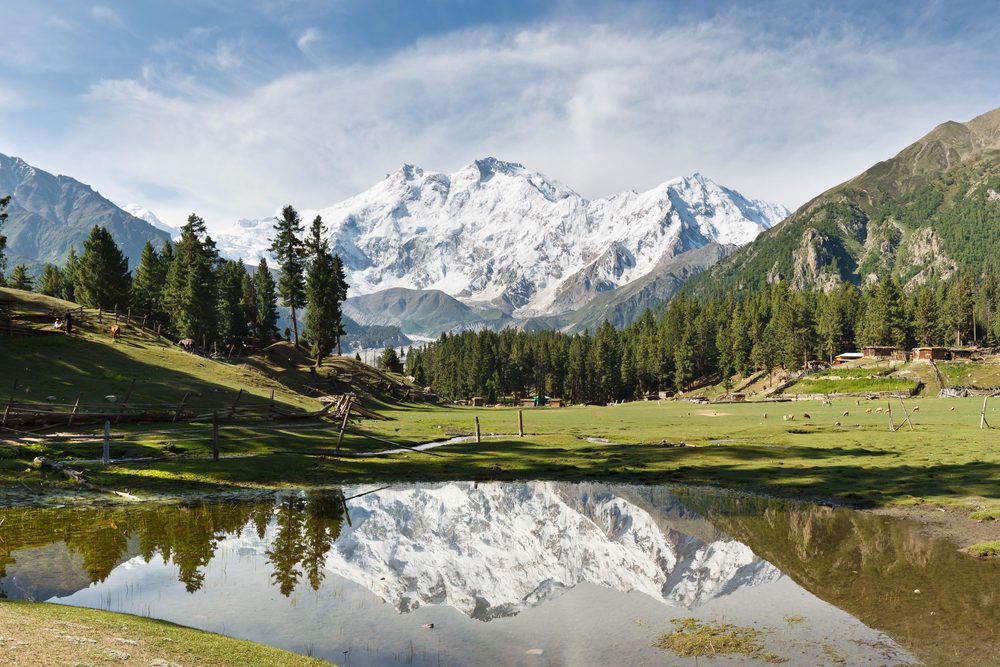
The world’s 9th highest mountain is Nanga Parbat, also known as the killer monster of Pakistan with massive ice and rock ridges. The southern side is called by many the “world’s highest mountain face on earth,” and its Rural Face soars high from its base at 15,090 ft.
In 1930, this summit became the object of german interest. When solely Britain had access to Mount Everest, the German hikers saw the killer mountain being the tallest mountain fairly climbable by hikers at that time. However, it does not mean that it was effortless.
Nanga Parbat was ascended by Hermann Buhl, an Austrian, in 1953, but it took 31 lives before that.

This is the 10th highest mountain on earth, and about 191 climbers have ascended this avalanche-prone summit. Sixty-three lives have already been lost in climbing this mountain, making the fatality rate of Annapurna 33%, making the highest amidst the 8,000 meters mountains.
While the Annapurna seemed to be the first with an 8,000 meters summit to be ascended, it remains an attraction and a challenge. Annapurna is surrounded by a region known for hiking, and it was called by many “Nepal’s worst-ever trekking disasters.”
Forty-three people died in 2014 due to an avalanche caused by a snowstorm. It was 6 feet deep after 12 hours of snow, and over 500 people were needed to be rescued.
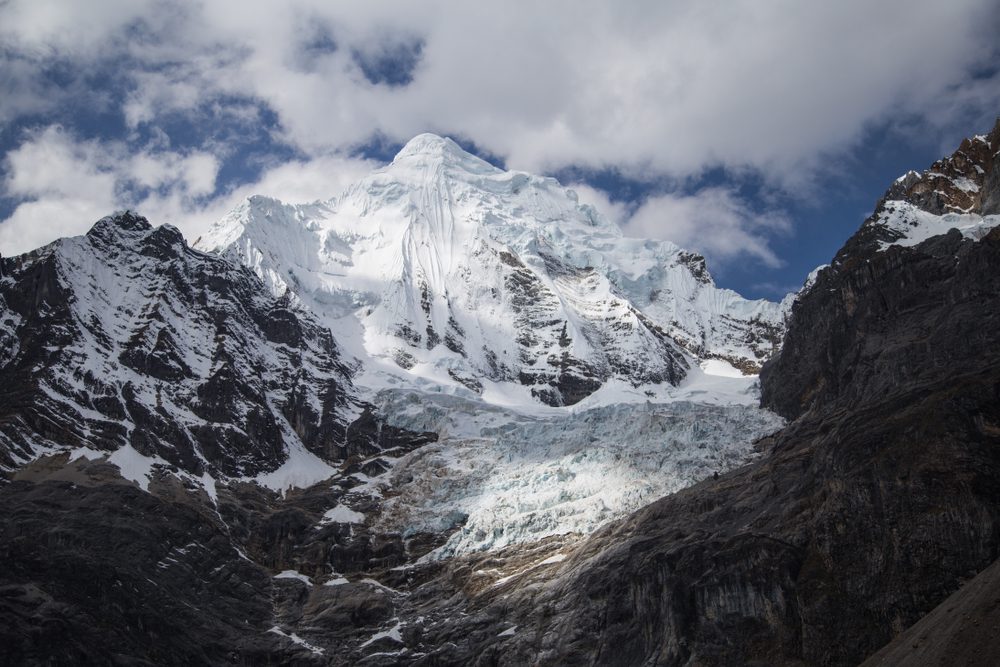
The duo Simon yates and Joe Simpson in 1985 embarked on the Siula’s Grande’s western face with which their journey was recounted in the film and book “Touching the Void.” That was a very steep, vertical climb that was never completed.
Siula Grande is a majestic mountain located in the Andes, which has sheer west and south faces.
Simon and Joe reached the summit, but unfortunately, Joe fell at the time of their descent, which broke his leg. Simon lost sight of Joe along the cliff as he lowered him below.
An hour passed, as he slipped away and Joe was not able to anchor himself, Simon cut the rope. Remarkably, Joe survived the fall of 100-foot into the crevasse.
The following three days, Joe subsisted onto melted snow then hopped 5 miles to reach the camp. He came shortly before Simon, who believed that Joe was gone, probably to leave for home.

The highest summit in North America turns out to be the most prominent and isolated on earth. The biggest challenge is the duration it takes to climb, which may last for two up to four weeks. Every year, Denali is ascended although half only that tried had reached the top.
This mountain is susceptible to earthquakes. The combination of extreme latitude and high altitude means likely to suffer faster in altitude sickness. (In the equator, the size of this kind of peak would have nearly half much oxygen at the peak than the sea level; due to the latitude, its percentage turns out to be far lower on Mt Denali.
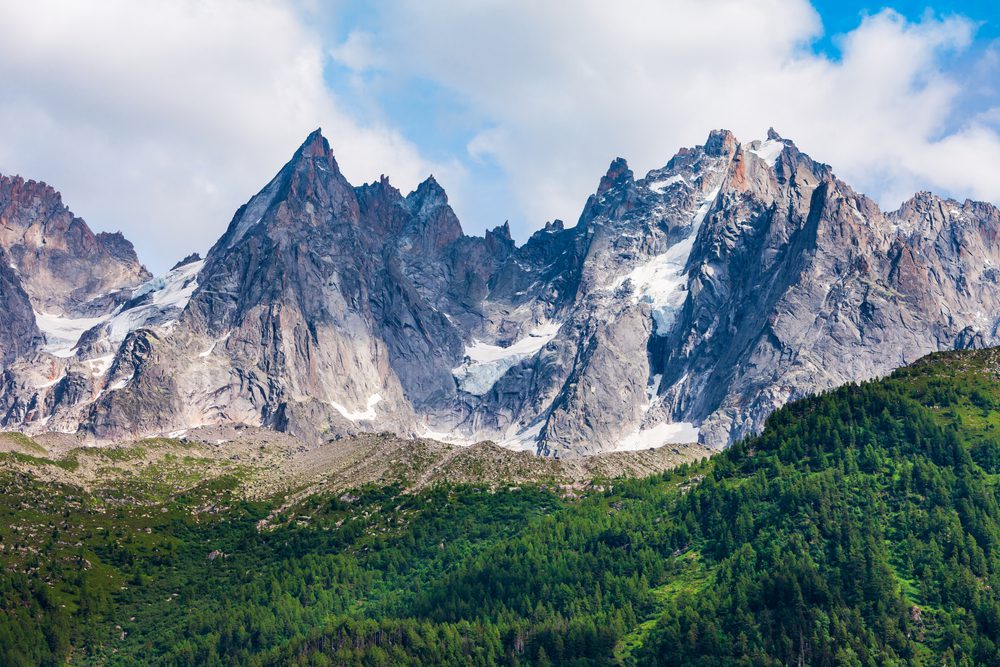
This highest mountain in the Alps has a lengthy history of ascending and ascending accidents. Mischel Paccard and Jacques Balmat were the first to ascend in 1786 which was lauded as the beginning of modern mountaineering.
This mountain is one of the over-trafficked mountains with over 20,000 climbing every year. However, all its passage have dangers of avalanches and falling rocks.
On peak season, an average of 12 rescue services per weekend has been known. The fatality rate is highest here among other mountains in Europe which an estimated 100 lives in a year.
The Atlantic explained that the reason for Mont Blanc’s deadliness is its “long walk” and not the challenging climb.
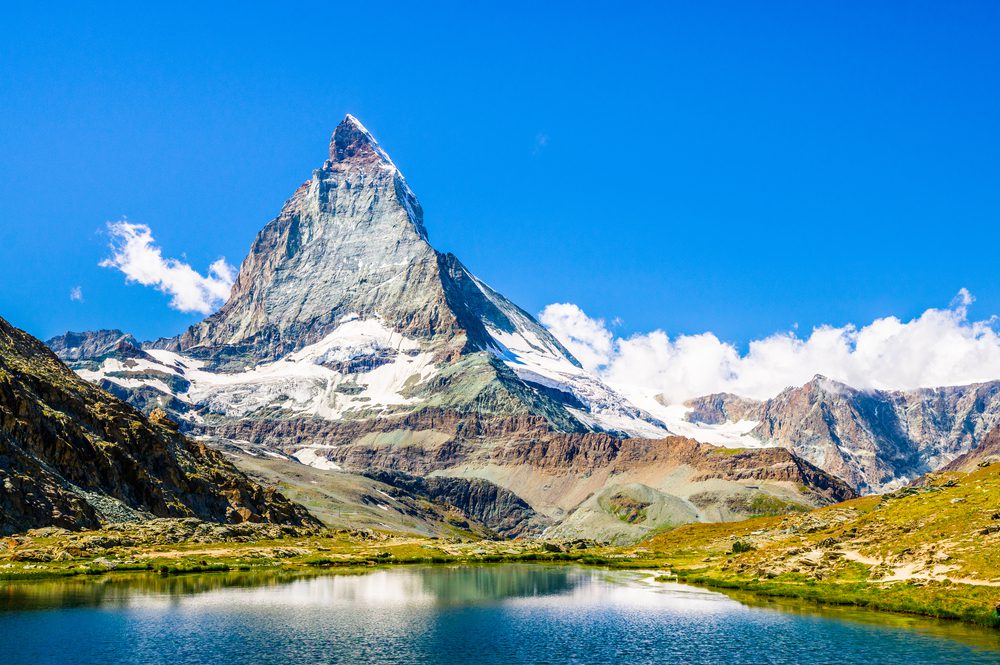
In 1965, Matterhorn had its first climb and since then, it obtained fame and development. The easy route to its high points becomes dangerous to the inexperienced hikers on over-trafficked passages.
At present, being popular becomes the primary danger of Matterhorn, with overeager travelers sending off loose rocks over the climbers’ heads below.
In summit season, storms are also common in the afternoons. There is an average of 12 deaths in a year and over 500 recorded deaths since the first climb in Matterhorn.
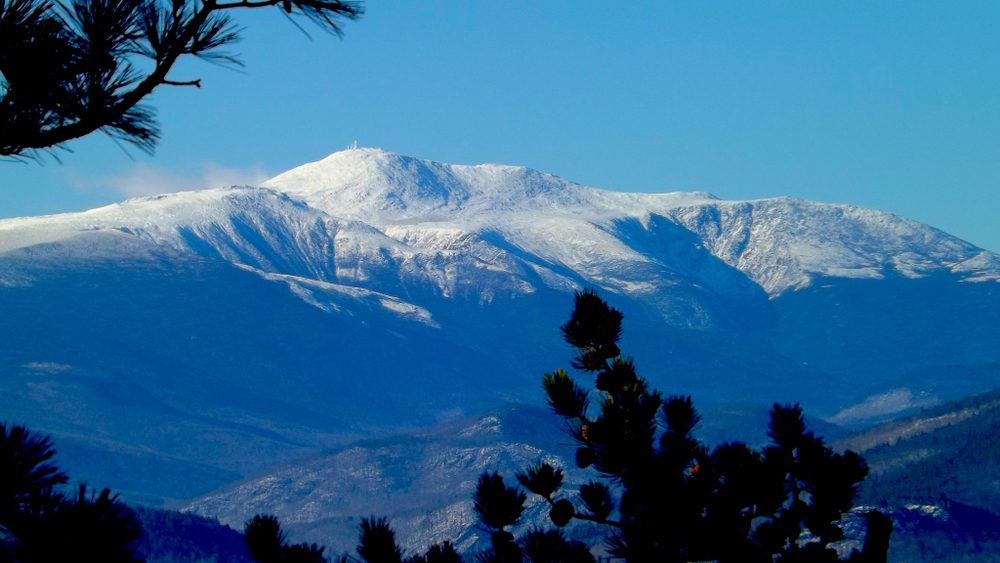
A deadly mountain experience not so far from home is the New Hampshire summit. The hurricane-force winds, its rapid shifting weather, and ice pellets that scour its slope already took over 100 lives.
Its summit’s temperature can drop til -50 degrees Fahrenheit. At this peak, the strongest wind of 231 mph was ever measured and recorded on earth.
The post 10 Most Dangerous Mountains in the World appeared first on 10 Most Today.
We intend this article for the sporting accomplishment of the Muslim Female Athletes in History that have achieved success and fame with their participation in sports and their sportsmanship, which eventually marked their names in history.
Below are the 10 most famous female Muslim athletes in history.
First on our list is the US-born Laila Ali, daughter of a legendary boxing athlete Muhammad Ali. She became a boxing athlete like her father and made a notable boxing career. Laila had won 3 world championship titles in her time.
They disclosed that she was unbeaten until the end of her career, which marks an extraordinary record in female boxing history. The retired Laila Ali has changed her career path from a boxing champion to a businesswoman. The once victorious boxer now becomes an entrepreneur running her beauty products and make-up.
The Algerian sporting heroine, Hassiba Boulmerka, becomes the second female Muslim athlete who won the gold medal at the Olympics. Hassiba was a competitor at the 1500 meter race in 1992 and won which made her country earn its very first gold medal in the Olympics.
Roqaya Al Gassra is from Bahrain Roqaya Al Gassra. She won a gold medal in the 200-meter sprint at the Asian Games 2006, which was held in Doha, and a bronze medal for the 100-meter dash. She has won medals during the Asian indoor and also Arabian championships. At the 2004 Olympics, she made history for becoming the first competitor to run wearing a hijab. She is an inspiration and eventually named the flag bearer of Bahrain for the Olympics 2008.
Rania El Wani is an Egyptian swimmer competed three times in the Olympic games and other African competitions. She achieved four medals from 1991, 1999 Africa championships, and the 1999 African competition games. Wani had also won medals over the Mediterranean Games in 1997 and 1999 Arab Games.
Kiran Khan is another inspiring Muslim female athlete from Pakistan. She’s a record-holder swimmer who took part for her country at the Asian Commonwealth games and the 2008 Beijing Olympics.
Shiekha Maktoum is a contender in martial arts who is also a medal-holder. She won silver during the 2006 Asian Games in Doha and also played in Taekwondo at the Olympics 2008. She is a world-record holder as the first Gulf woman athlete to hold the UAE flag at the 2008 Olympics.
Nawal El Moutakawel of Morocco is greatly revered for being the first Muslim female athlete to win the Olympic gold medal. Nawal leaves a mark in history for conquering the 400-meter hurdle during the Olympics held at Los Angeles in 1984. Also, she is the first female Muslim elected to the IOC or International Olympic Committee. They gave her the Laureus Achievement Award in 2010.
Sheikha Maktoum is an equestrian who has achieved plenty of medals during the regional championships. They acclaimed Sheikha recently for conquering the silver medal during the Asian Games in 2010.
Another impressive athlete added to our list is Rubab Raza. She was only 13 years old when she competed at the Athens Games in 2004, which has tagged her as Pakistan’s youngest Olympian. She joined the 50-meter freestyle swimming, thus marks her name in history.
Syrian Ghada Shouaa was known for her magnificent performance at the Atlanta Olympics in 1996. She competed and won the gold medal for her heptathlon. Ghada also won several medals in Asian Games and World Games.
The post 10 Most Powerful Muslim Female Athletes in History appeared first on 10 Most Today.
Living a vegan life is healthy, and it also benefits the environment. However, are you familiar with the interesting facts of this trending lifestyle? Some might astonish you! These facts may persuade you and stay vegan all the way.
1. Up to 80% of food poisoning cases are linked to infected meat.

2. A population of 1.3 billion would benefit from the grain that is fed to the livestock for the production of meat.
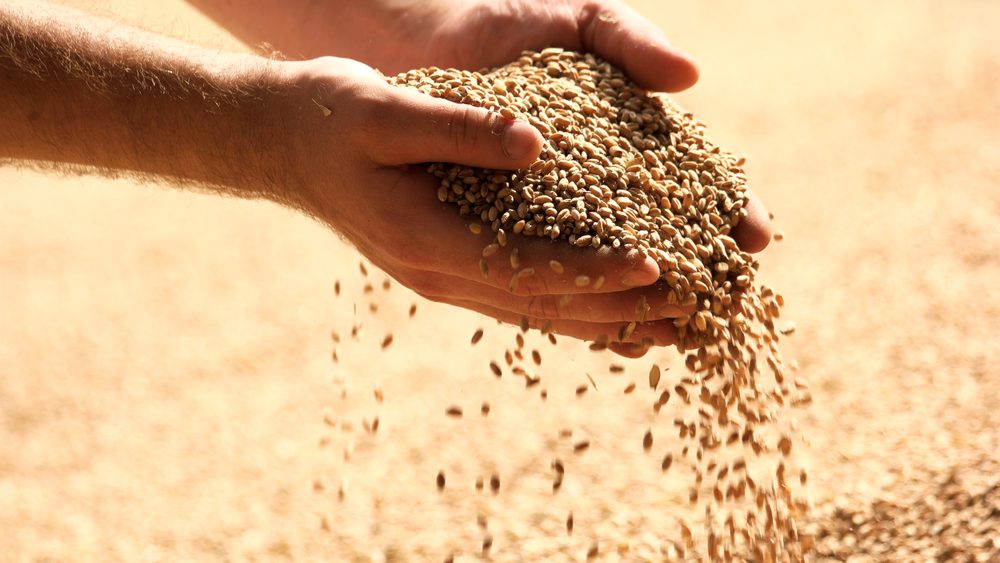
3. By refraining from meat consumption, you are auxiliary in relieving the problems of pollution with which 20% of it is man-made which comes from the meat sector.

4. Wheat is eco-friendly, and perhaps you have heard already that producing meat needs a vast amount of water. To produce a pound of meat, you’ll be needing 2500 gallons of water. However, only 25 gallons of water are necessary to produce a pound of wheat.

5. Information about vegans being healthier is not based on myth. As stated by the ADA or American Dietetic Association, a vegetarian diet or a vegan shows a less chance of prostate or colon cancer, lower blood pressure, cholesterol, and lowered rate of IHD or Ischemic Heart Disease.

6. There are 500,000 animals slain every hour in the US.

7. You are contributing to saving the forests just by being a vegetarian. There is deforestation so they could use it for crops to produce a meat-based diet. If one person stays vegan, they will save an entire acreage every year.

8. In contrast to the common belief, plenty of supermarket products are vegan. It includes processed foods such as dark chocolates and Oreos, which do not include real dairy. One best tip when shopping, cholesterol-free products are usually vegan because bad cholesterol comes only through animal products.

9. People consume a lot of antibiotics for healing (In the United States only, approximately 3 million pounds yearly) but animals are supplied more. Animals are being fed about 17.8 million pounds in a year, but this number can be lesser than what was being provided to them.

10. Vegan foods usually are low in calories because they lack unhealthy fats.

The post 10 Most Interesting Vegan Facts appeared first on 10 Most Today.